Feeling queasy? Cautious, uncertain, even a bit of fear? Many of us have been shouting that we are living in a rapidly changing world, and last week American found out what that really means. For several decades we have myopically believed that “rapidly changing” had something to do with technology, and Moore’s Law; that the speed and power of computers would double about every two years, which results in a curve like this:
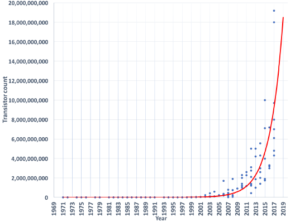
But rapid change has been so much more pervasive than just in technology. We find the same curve for atmospheric carbon dioxide, the principal cause of global warming:

And human population growth:
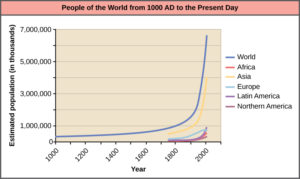
And human-induced species extinctions:
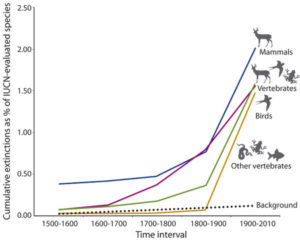
And now, in the spread of a pandemic virus:
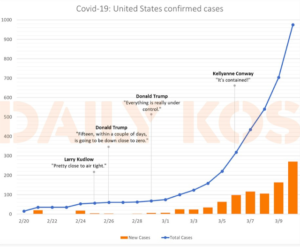
If we had a plot for “rate of closings of public events and spaces” or “losses to business in the consumer spending sector” for the first 10 weeks of 2020, the curve would look the same. What we here in America felt over the last few days was that steeply rising part of the curve, when a massive organization like the NCAA can go from “we are thinking about it”, to “no fans” to “no March Madness” in a day or two, and when entire states can decide overnight to close schools for a month.
I offer three takeaways from the similarity in the shape of these curves:
- What a great learning tool for math classes. If every teenager were to actually understand what exponential growth means, and how it applies to our collective lives, perhaps our next generation of leaders would be better prepared than the current generation for the world we actually live in.
- As I quoted Google’s Eric Teller in my book, Moving the Rock, humanity has now, for the first time ever, arrived at a point when the rate of change in the world around us exceeds our ability to adapt to those changes. That is what you felt last week, and it is not going away.
- The next virus and the one after that, each of which can disrupt the lives of 7 billion people and cause trillions of dollars of economic loss, could be coming in a few months or a few years. Like devastating wildfires in California and Australia, or massively damaging hurricanes in Houston and Florida, there is every reason to expect that these events can and will happen with increasing frequency, not the once-in-a-generation or lifetime around which our society is modeled. Those who disagree just don’t believe in science and math.
Perhaps most importantly, the similarity in these curves, and dozens of others that we could compare, should make clear the viral nature of humanity. The impact of humans on the earth, over a time scale of about 500 years, is ALMOST EXACTLY like the impact of a new virus on humans over the period of a few months to a few years. Other than the belief of some that humans are specially protected by The Divine, the only difference between viruses and humans is that humans have the capacity to knowingly change our behaviors; viruses are just hard-wired to infect, replicate, and move on. Those who think these curves are fake news or voodoo science, who reduce our investments in changing the shape of these curves, are wasting that one precious tool that separates humans from a pandemic virus.
Maybe, just maybe, Covid-19 will be our wake-up call. If not, wait to see what happens to a population of viruses after the party is over.
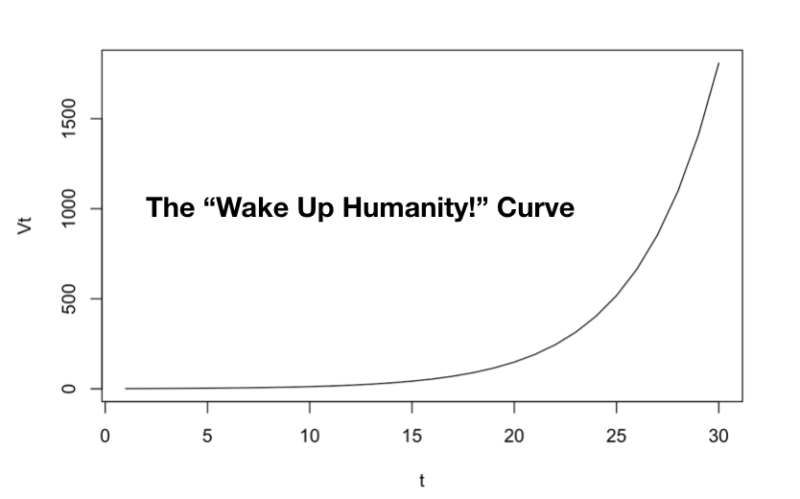


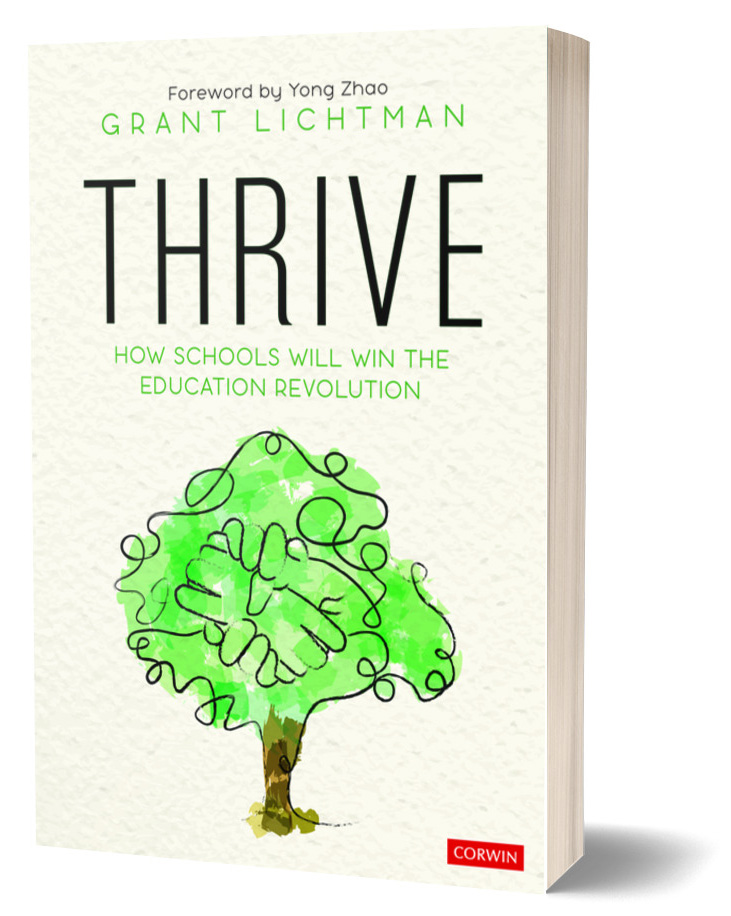
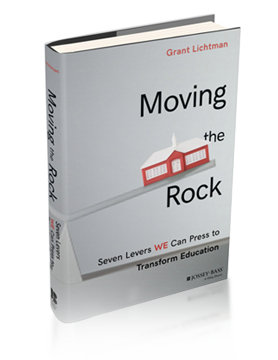







Leave A Comment